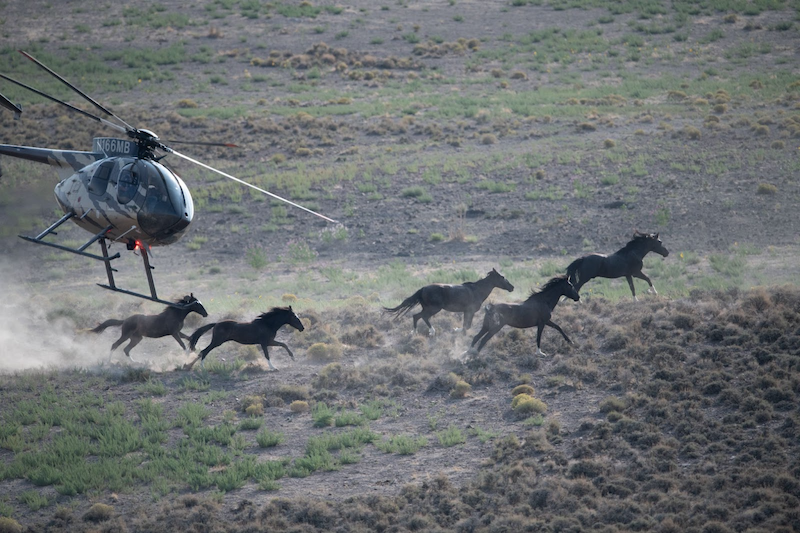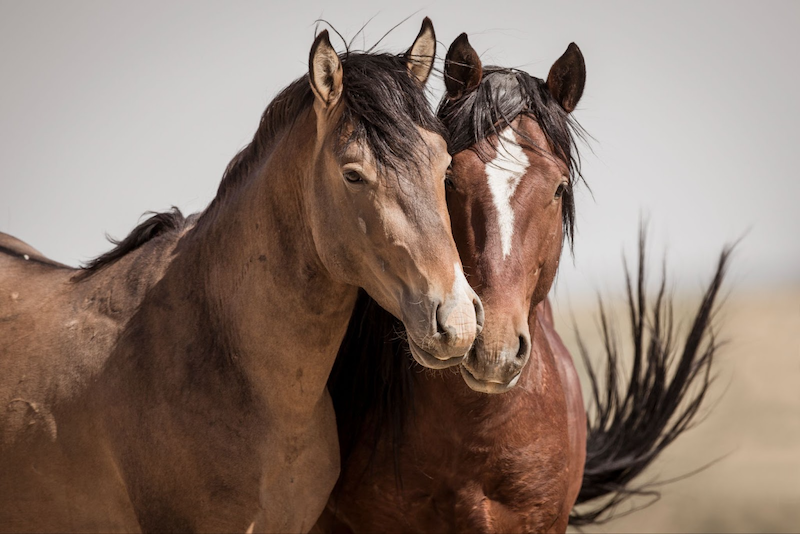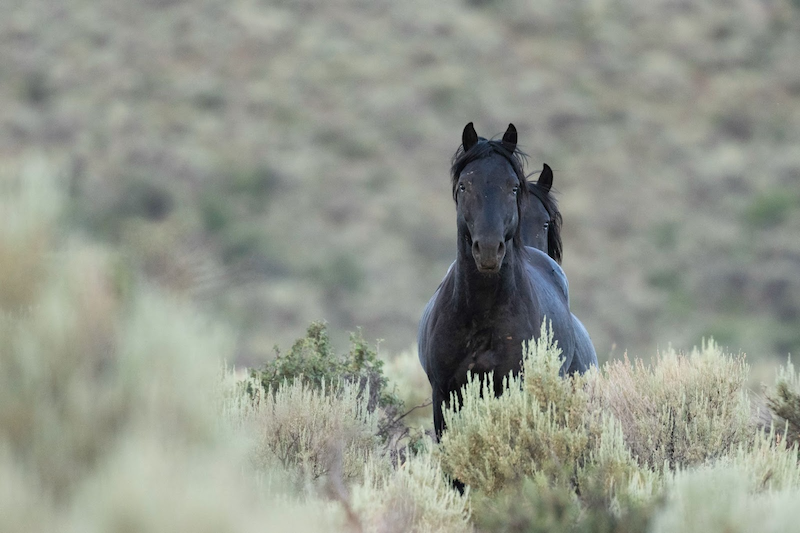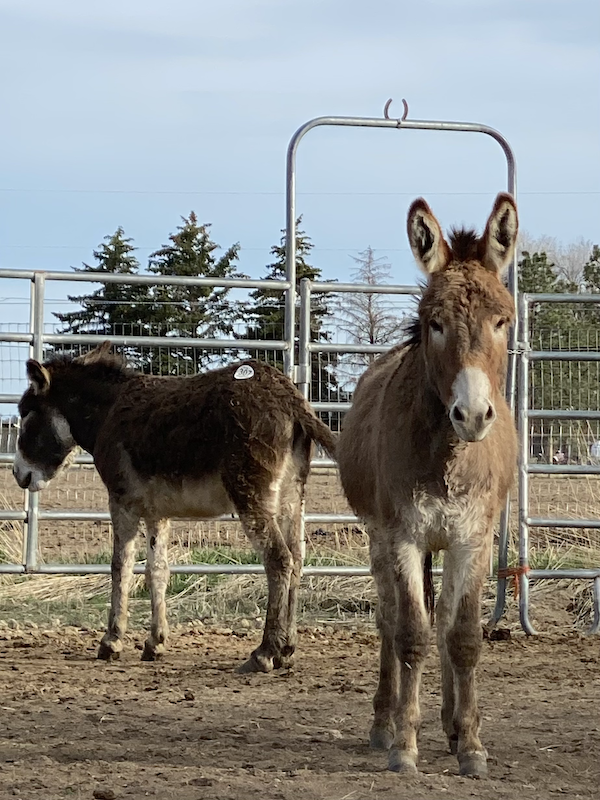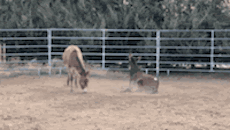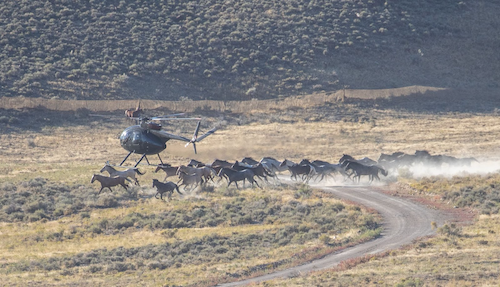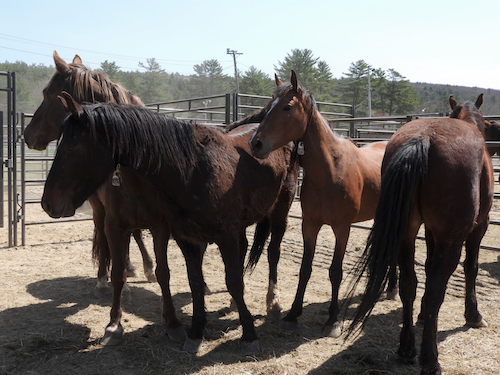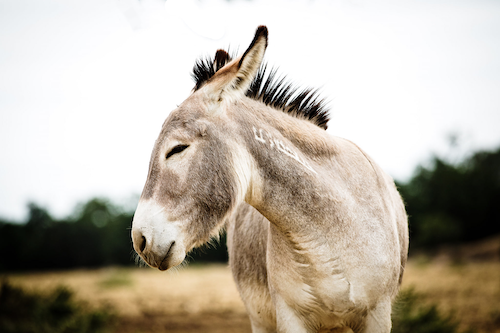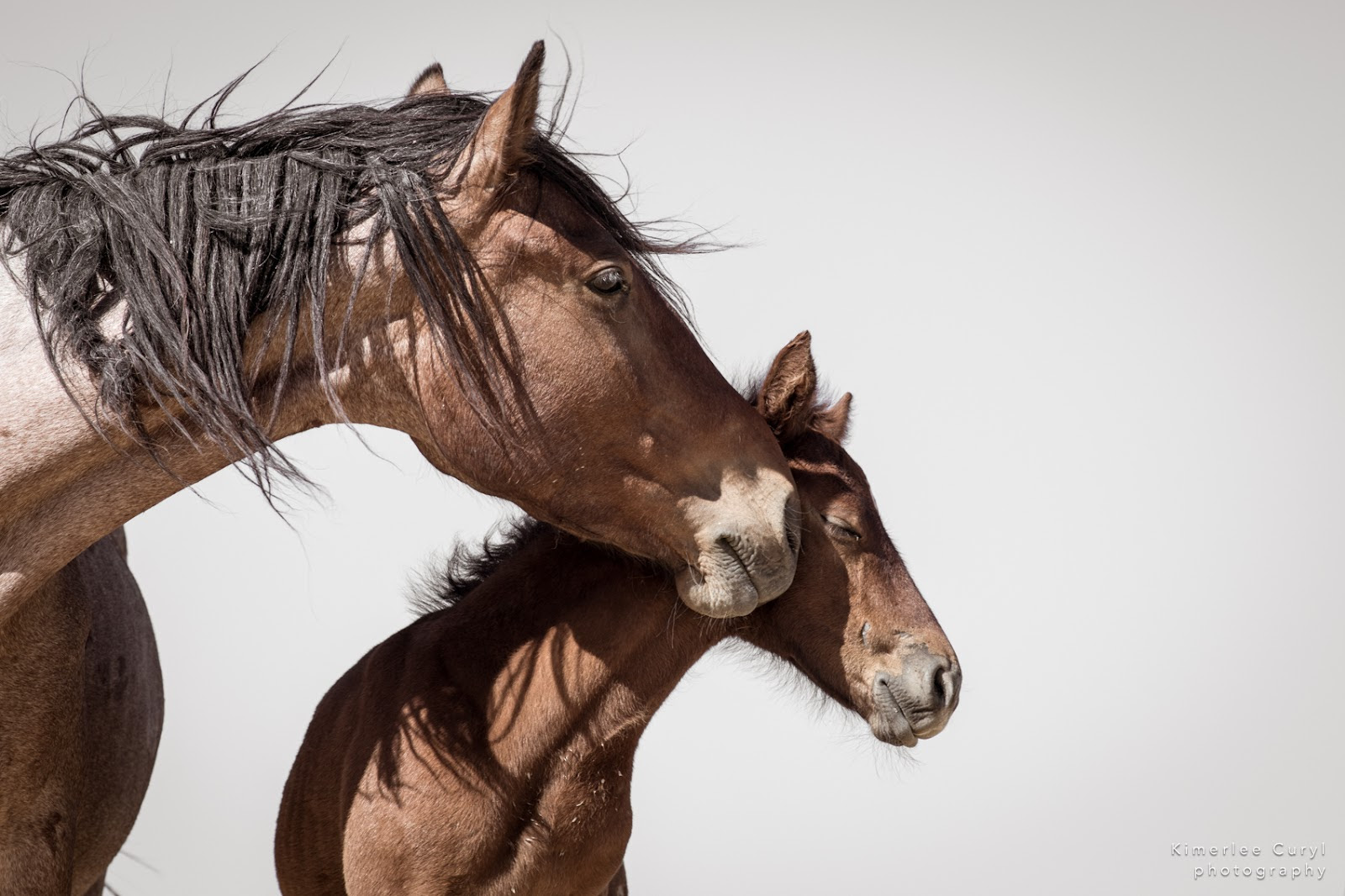
The following is from the American Wild Horse Campaign:
On Monday, the Bureau of Land Management (BLM) approved a land use plan amendment to eliminate 2.1 million acres of wild horse habitat in Wyoming and slash the allowed population of wild horses in the state by one-third.
Two days later, AWHC and our coalition of conservation and animal welfare groups, academics, and wildlife photographers filed suit in federal court to stop the plan. The stakes are very high: two iconic wild horse populations in the Salt Wells Creek and Great Divide Basin Herd Management Areas (HMA) would be completely eradicated, and a third population in the Adobe Town HMA would be slashed in half.
If allowed to stand, this plan will take away 43% of wild horse habitat in Wyoming and deprive thousands of wild horses of their legal right to roam free on our public lands. These magnificent animals will be cruelly rounded up and confined in holding pens, some for life. Far too many will be sold into the slaughter pipeline.
This is the end of a more than decade-long battle over the future of these wild horses in an area of the Red Desert known as the Wyoming Checkerboard. It’s an area of alternating public and private land parcels one square mile in size. The Rock Springs Grazing Association (RSGA) controls the private land in the Checkerboard, and its members graze cattle and sheep on the public lands there. In 2011, the RSGA sued the BLM to force the elimination of wild horses from this area.
Now, 13 years later, the BLM is giving the RSGA what it wants. And the agency is asking American taxpayers to pay for it! Millions of our tax dollars will be spent to clear the public lands of wild horses for commercial livestock grazing, an activity taxpayers also subsidize.
Not on our watch. As our lawsuit clearly lays out, this government-funded land grab by private grazing interests violates three federal laws. Among them: the Wild Free Roaming Horses and Burros Act, which mandates protection of wild horses, while livestock grazing on public lands is a discretionary activity.
This legal fight will not be easy or quick, but it is crucial to the future of Wyoming’s wild horses! Will you help us sustain this critical effort today by donating?
For more than a decade, AWHC has been litigating against the RSGA and the BLM to hold off what would be the largest-ever eradication of federally-protected wild horses and their habitat. In this time, we:
- Stopped the BLM from surgically sterilizing mares in this area.
- Won lawsuits stopping the BLM from treating the public lands as private.
- Defeated rancher claims that the BLM must round up horses immediately when their populations exceed management level.
- Blocked the BLM from rounding up more horses than legally allowed by omitting foals from removal totals.
Now the legal battle has reached its final stage, and we’re leveraging everything we’ve got.
Simply put: We are in this to win. Will you please donate towards our efforts today?
This is not a battle about management. There’s a better way to manage wild horses with fertility control instead of roundups. Wild horses can be managed on Checkerboard lands through landswaps that create continguos blocks of public land for habitat.
This fight is about challenging the government’s elevation of private special interests above the public interest and the law.
Most of all, it’s about preserving the magnificent wild horses of Wyoming’s Red Desert as an irreplaceable natural treasure and iconic part of the West.
Together, we can win this fight. As always, thank you for standing with us.
Suzanne Roy
Executive Director
American Wild horse Campaign



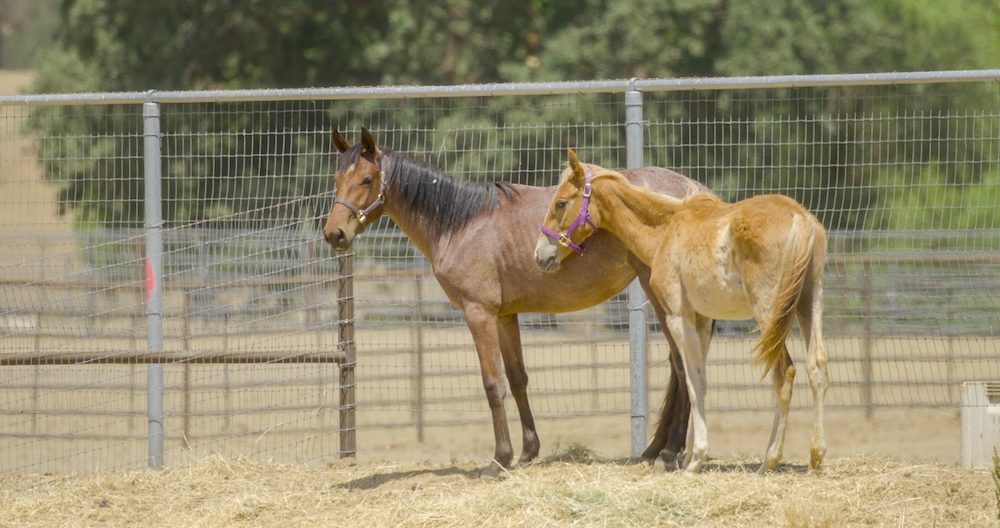
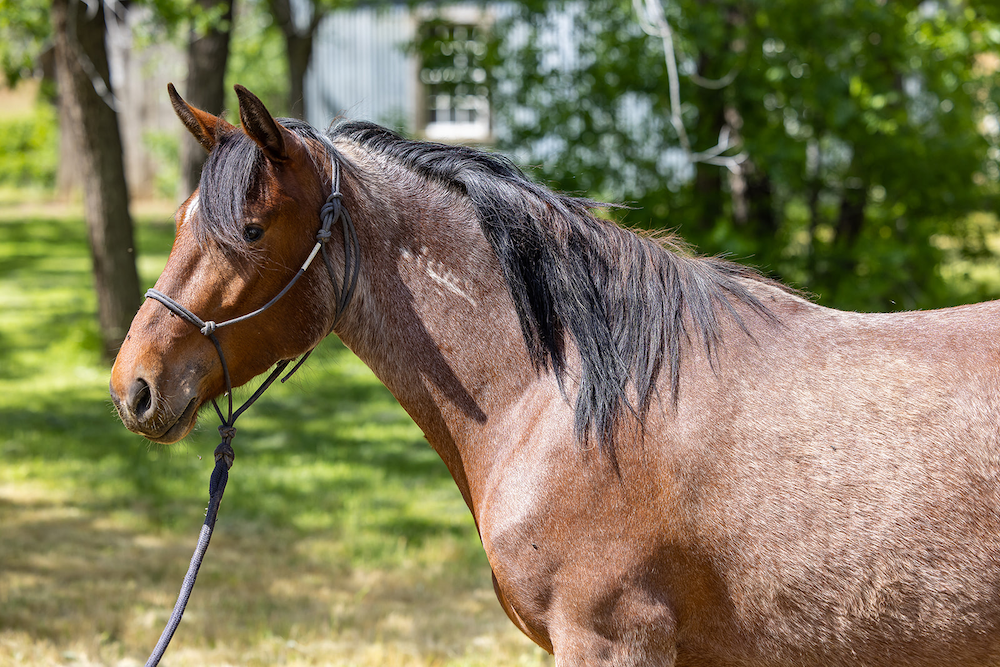

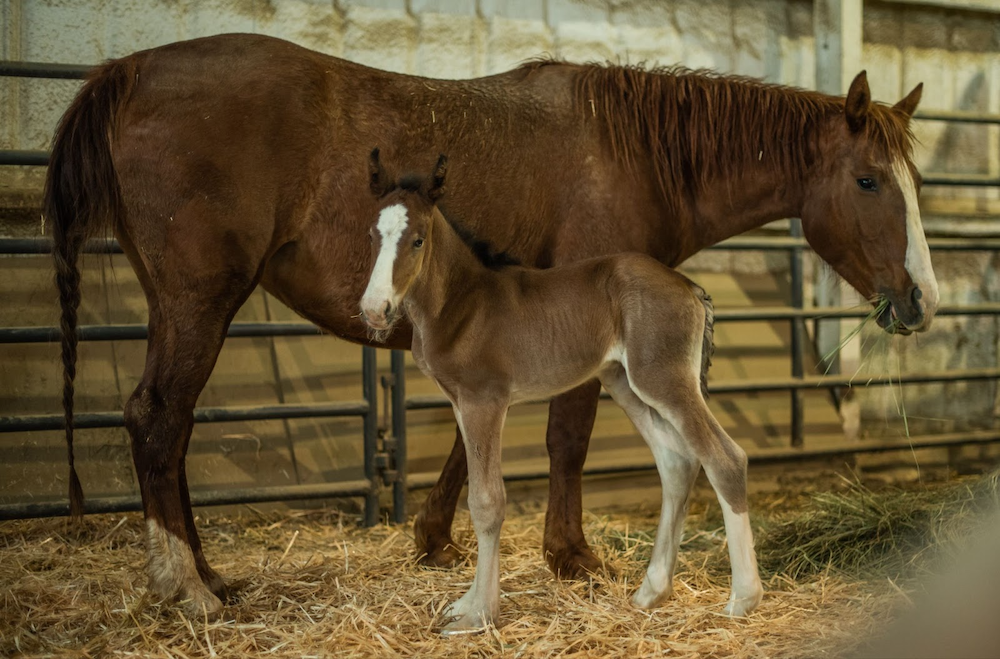
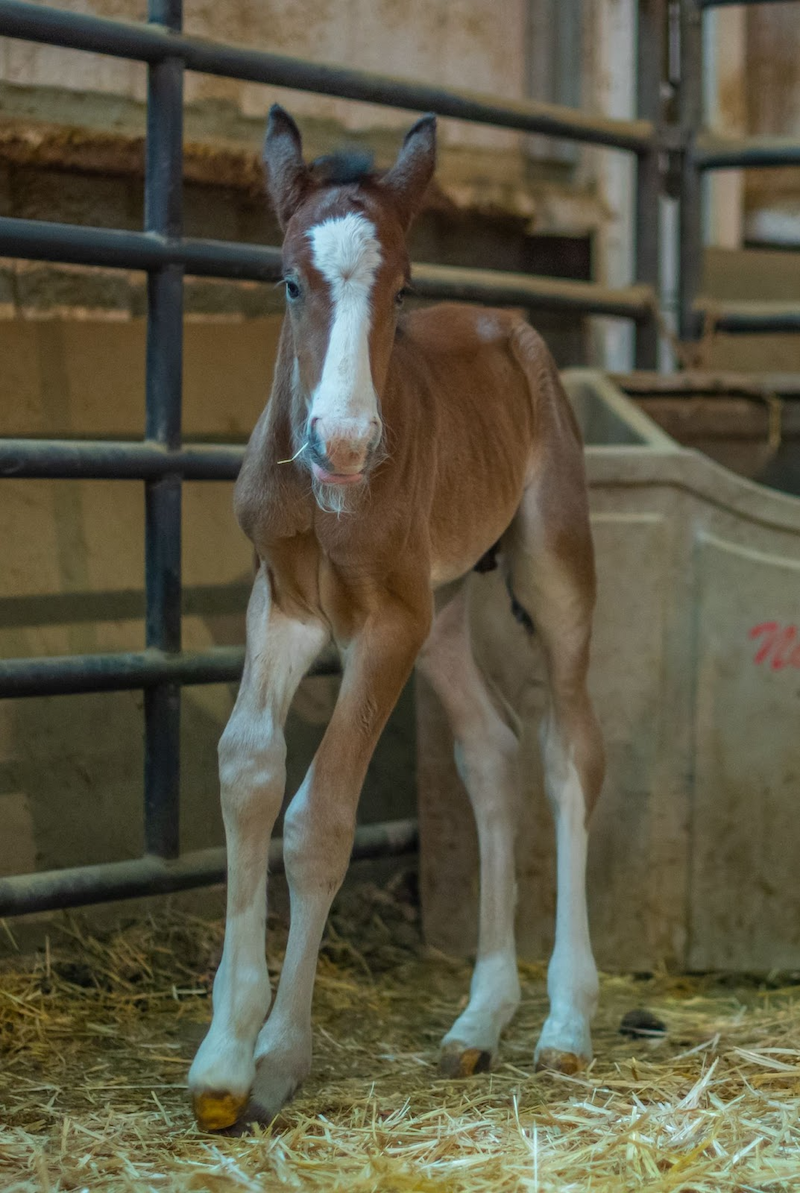

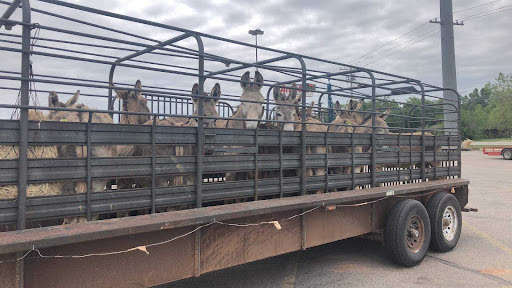

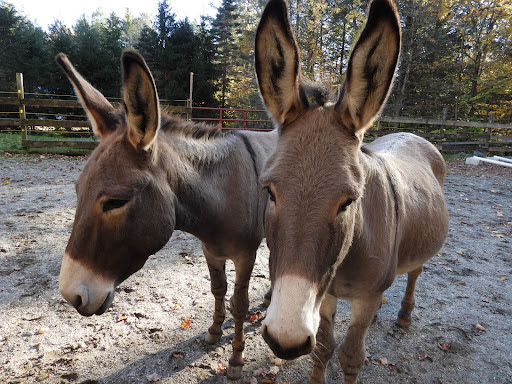

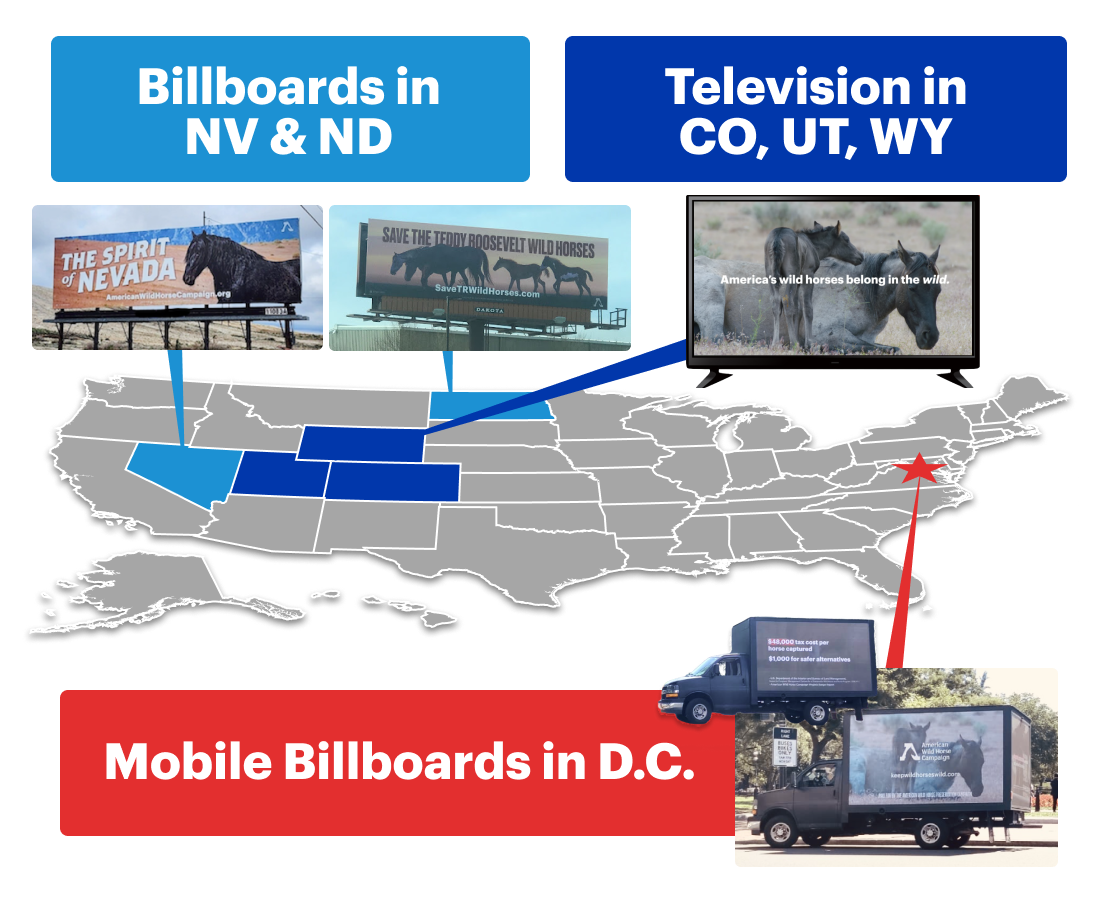
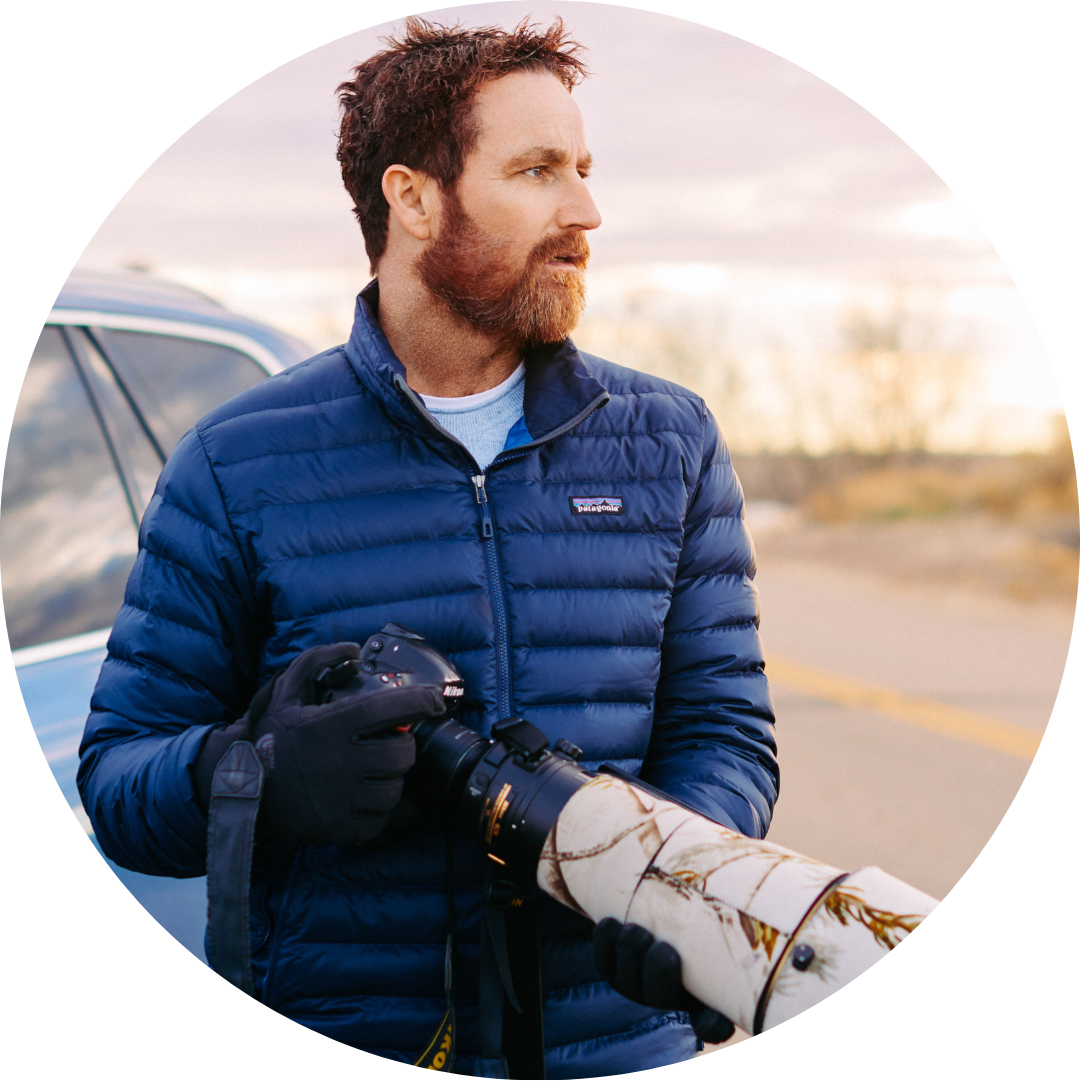
![Happy Burro Awareness Month! We wanted to take some time today to educate you about the rich history of our beloved burros and how you can help them right now! Originating in Africa, burros were first introduced to the Southwest by the Spaniards in the 1500s. They would go on to serve as reliable pack animals for the workers of the West in the centuries thereafter – including during the Gold Rush, when they were praised for laboring tirelessly to carry supplies, ore, water, and machinery to mining camps. Their work shaped the West as we know it. At the end of the mining boom, many burros escaped or were turned loose, and with their innate ability to survive under the harshest conditions, wild herds eventually formed and flourished. America’s burros are protected under federal law, but they are in crisis due to government mismanagement that has caused dwindling numbers, lack of genetic diversity and inbreeding. Despite this, government roundups continue – including in Arizona's Black Mountain Herd Management Area (HMA), which is home to the largest and most genetically diverse burro herd in the country. Last spring, over 1,100 of these burros were subjected to a brutal helicopter roundup — a dangerous change from the usual “bait and water” burro roundup operations. We’re fighting on the Hill, in the courts, and in the field to protect these cherished animals. Will you fuel our work to protect America’s beloved wild burros today? [[DONATE]]](https://ci6.googleusercontent.com/proxy/26MnGUFJuvaz9YEA0krHP3ByzuxF37HZS_tnk4YNAHZ0X-UwWuK4nlXVd39LDUKZMQqY7QiGp8JXmrUccygrmkh7xoGuc3Uj4EHFZtCYjONRz0YqdXQBpSSHJPiCFVNnlve70oBjfgDMbYb_gYg=s0-d-e1-ft#https://prod.cdn.everyaction.com/images/van/EA/EA002/1/67303/images/burroawareness_full.png)
